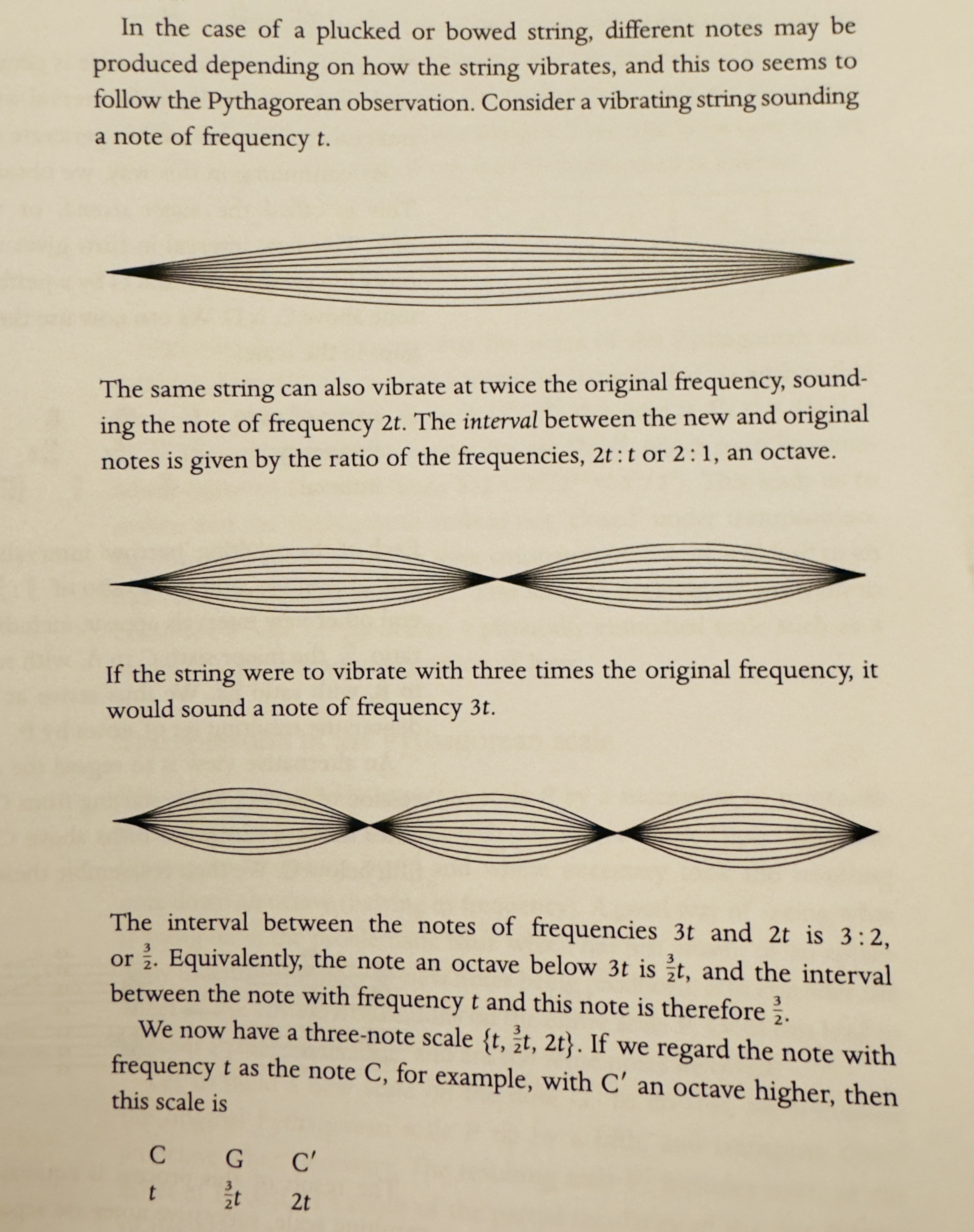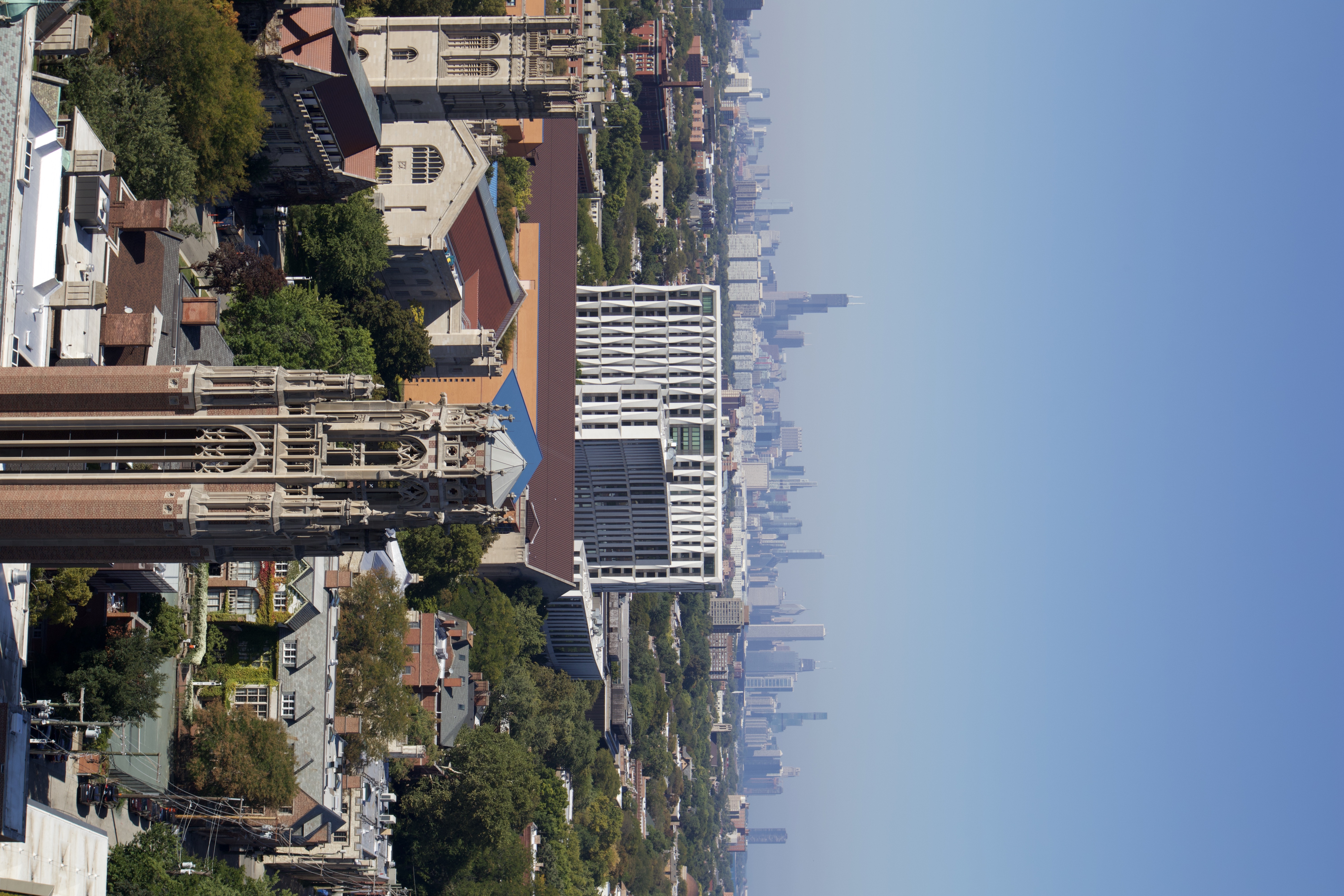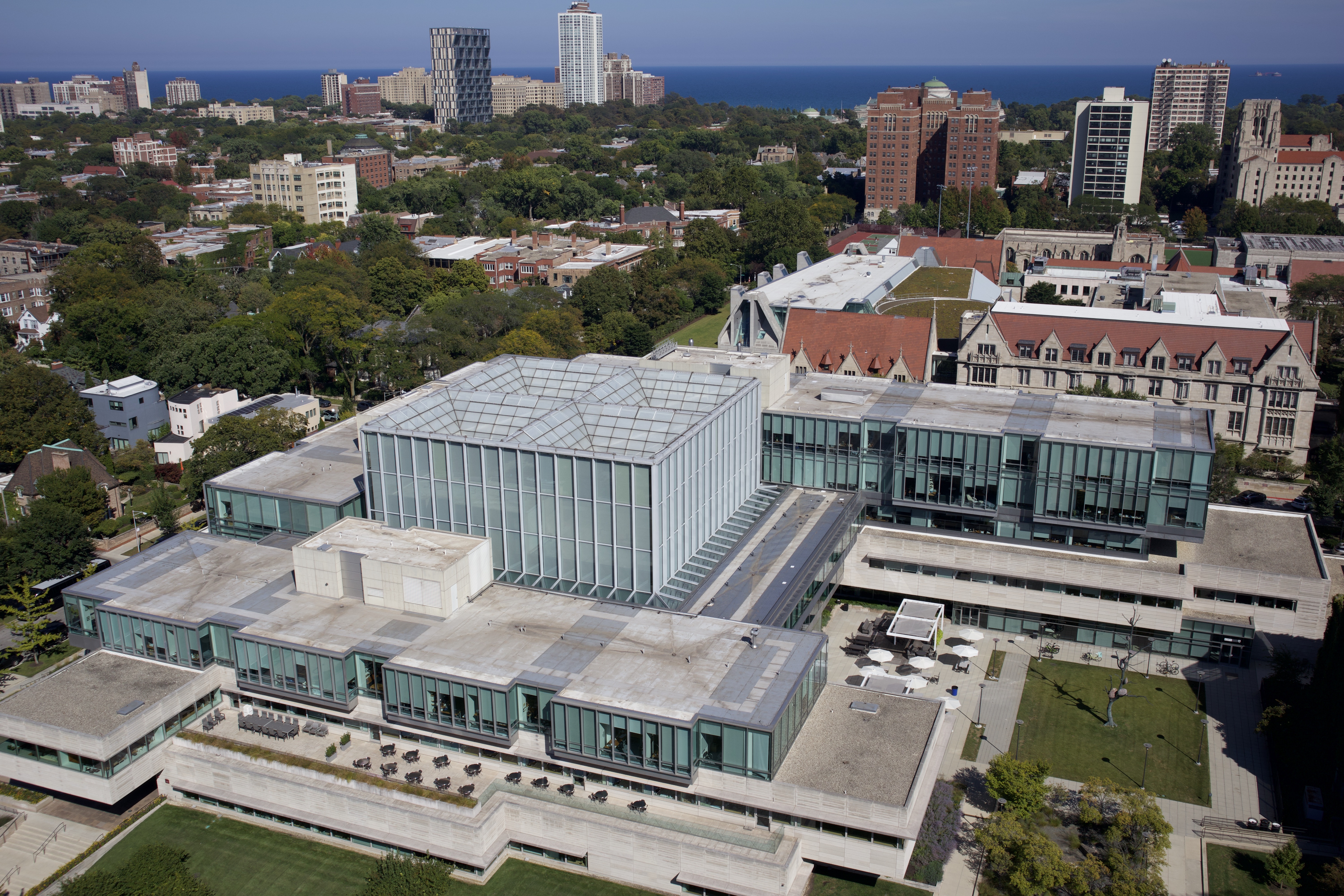There’s a carillon on the top of the Rockefeller Chapel at University of Chicago.

The Rockefella Chapel viewed from the 7th floor of the David Rubenstein Forum building.
It’s kinda like a piano, but instead of strings or pipes (like an organ), Carillons use bronze bells of different sizes, each producing a distinct pitch. The Rockefeller one operates pure mechanically.
One very interesting fact about Carillon: its overtone is minor third, not major third.
The minor-third overtone of bells
Normal instruments, whose sound produced by a string or air column, the harmonic series follows integer multiples of the fundamental note. For example, when you play the note C on a piano, what you hear is
- Fundamental: the basic note C1 (1×frequency)
- 2nd partial: octave C2 (2×)
- 3rd partial: perfect fifth G2 (3×)
- 4th partial: second octave C3 (4×)
- 5th partial: major third above the 2nd octave E3 (5×), etc.

Normal overtone series (strings, pipes). The Mathematic of Music
Carillons are different. Unlike one-dimensional strings or simple pipes, bells are three-dimensional vibrating shells. So they are not harmonic resonators . When struck, a bell produces inharmonic partials, not neat integer multiples. The exact overtone pattern depends on the geometry of the bell (thickness, curvature, profile). For the typical Western church bell:
- The “nominal” partial (perceived pitch) isn’t even the lowest vibration mode.
- Prominent partials include the hum note (an octave below the nominal), the prime (the perceived fundamental), the tierce(a minor third above), the quint (a fifth above), and the nominal (an octave above the prime).
This tierce partial is why bells often sound “minor” or “mournful” — the strong minor third clashes with what our ears expect from harmonic overtones. Therefore, honesly, Pachelbel’s Canon in D sounds really weird when playing on a carillon — couples, hire a harp or a string quartet for your wedding!
Hear the carillon:
Btw, the Rockefeller Chapel’s tower has the best view on campus (no elevator though)

The tower at the bottom is the Economic Department of UChicago. here which is usually not available anywhere else online.
You can also get a rare bird view of Booth School of Business:

Booth School of Business — from the top!